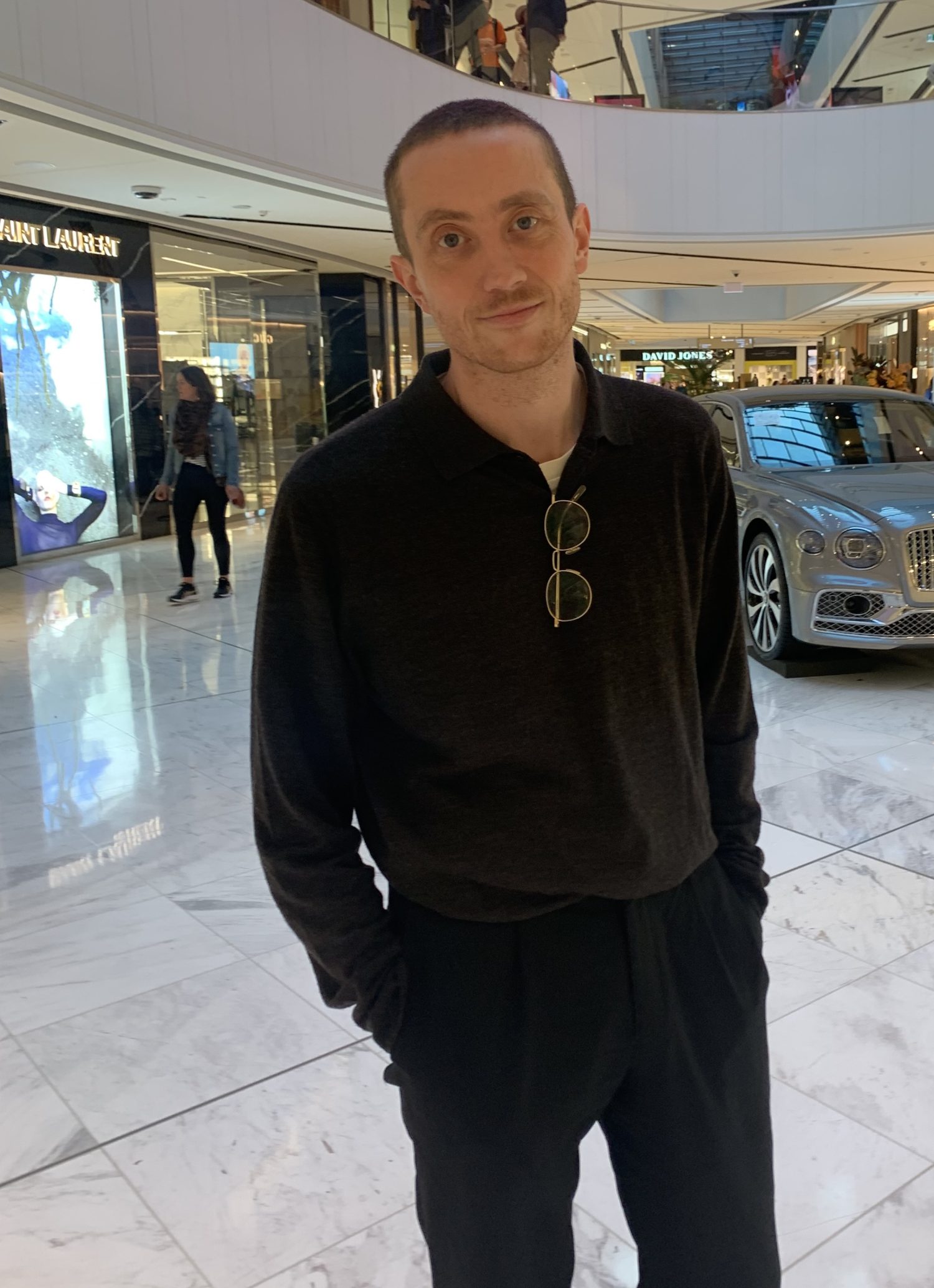Are you a gallerist or an art dealer?
Those words do not capture how I feel about my work, (much of which occurs outside Paper Anniversary). As a former school teacher and committed educator, I see everything I do as pedagogy. My work with Paper Anniversary embodies this interest and perhaps is close to the Māori concept of ‘ako’ (or the constant reciprocity of learning and teaching). Art is how I continue to grow as a person, and while engaging in this beautiful tradition, I try to support others.
Why did you open your gallery?
Ophelia Harradine Bayly made me an offer of unremunerated labour that I couldn’t refuse! But seriously, when she took the lease on what would become Roses Dining Room, we knew the front vitrine needed to stay in the arts. Beginning with Teststrip in 1992, the space has a 30-year legacy of artist-run initiatives, so it felt right to keep it going.
Share a memory of working with an artist?
Paper Anniversary often hosts artists for their first shows, and that is a special privilege. Working with Tony Guo toward his debut exhibition Dogtooth was great and involved a lot of shared dreaming in his studio. There were so many moments in the creation of that show where we generously pushed each other further, and I think we both grew a lot from the experience. That’s when I truly sensed that this was the job for me, and I understood what Paper Anniversary could be.
Identify a common misconception about collecting, and help us set the record straight?
I’m very much a “buy what you love” kind of person. Though there is one misconception about collecting that feels worth highlighting – buying from the secondary art market is not “supporting the arts”, and I don’t think the recently legislated 5% remuneration to artists and estates fundamentally changes that. While the auction houses serve a function in the arts ecology, it’s primarily in sustaining the vision of art objects as financialised assets (which says little about their truer meaning in culture). So my message to collectors is simple. Divest from the auction houses, buy close to the source, and support the creation of art.
What was the last work of art you bought?
Māua (2022) by Rangi White – a work that I had the privilege of seeing come into being. It’s a haunting and hopeful piece in response to the world of children in Aotearoa (that considering my previous profession, resonates with me). After staring at the work in the Paper Anniversary stockroom for a few months, I decided that I wanted to be a kaitiaki to the work and care for it into the future.
What should change and what should stay the same?
There’s a line from Luchino Visconti’s 1963 film The Leopard, that I like very much. The wise old aristocrat stares out at the revolution engulfing Sicily and says, “For things to remain the same, everything must change.” That pretty much says it all for me, whether with regard to thinking through the creative economy or broader political life. We should never stop striving for a more truthful world, and art is a singular medium in that mission.
One artwork for the rest of your life?
I could answer this question anew every day of my life – incredible question. One eternal answer though is Gustav Klimt’s Beethoven Frieze (1902) in the Vienna Secession Building. There is nothing I don’t love about Klimt’s allegorical ode to Beethoven, and in my view, it is the masterpiece of art nouveau (one of the most beautiful and fractious traditions of Modern European art). So yes, go ahead and bury me alive in the Secession Building.
